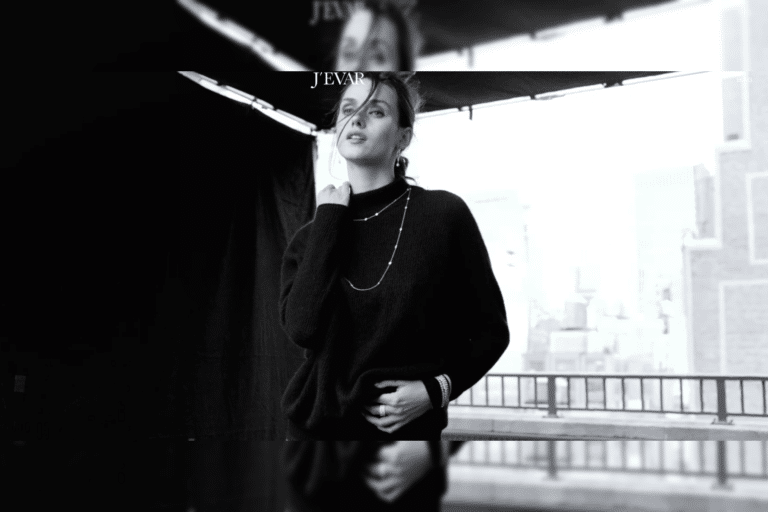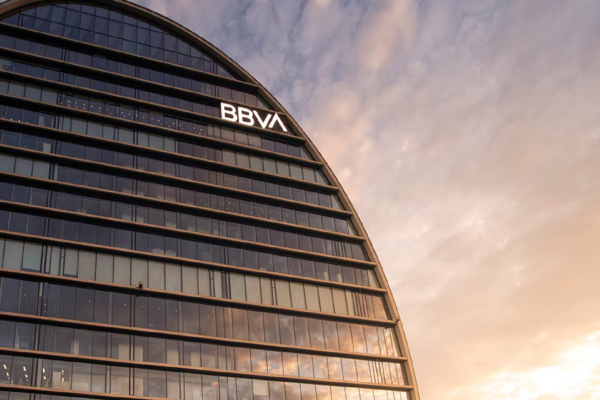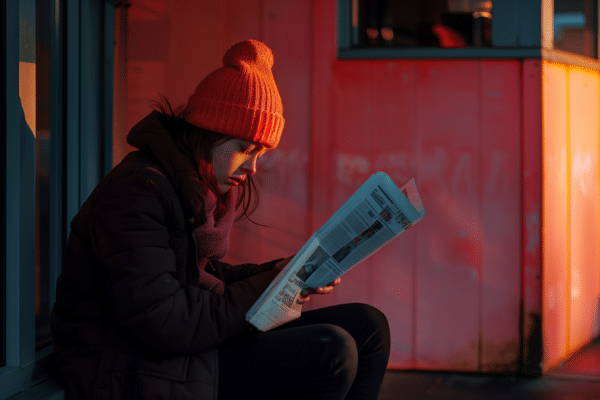Generative artificial intelligence can even produce unique, high-quality pieces of jewelry. One example of this is the work of the two companies J'evar and ALTR, both ventures of the entrepreneur Amish Shah, who comes from a family of jewelers.
J'evar was founded in February 2023, while ALTR was launched in 2016. J'evar offers direct-to-consumer sales, while ALTR sells through retailers such as Borsheims and Michaels Jewelers.
Shah and his team developed a GenAI tool to create design mockups for new jewelry pieces. To train it, his team used data from ALTR and 90 years of jewelry from his grandfather's store.
Shah told DigitalCommerce360 that J'evar uses generative AI-based design to achieve a level of precision that drastically reduces material waste and furthers the retailer's sustainability goals.
In addition, the entrepreneur claims that he expects a 10-20% reduction in energy consumption and material waste in the jewelry industry thanks to this technology.
How their AI works
J'evar's human jewelry designers input information about a product's materials and specifications into the generative AI and create a replica of the item, saving the company weeks of manual design time.
The retailer inputs metrics and images from a knowledge base that the tool generates before it creates an image. Shah half-jokingly refers to it as 'Jewelry AI 1.0' or 'JevarGPT 1.0'
For example, if a jeweler wants to make a bracelet, they enter a text message into the generative AI, specifying how much gold they want the piece to weigh, how thin or thick they want it to be, and what style they want it to be. They can even use this message to request 50 different iterations.
The AI can create complete designs, some of which can become tangible products. Others still need to be revised by human designers before they can be produced.
However, there are some limitations. J'evar still cannot produce all of the designs created by the AI, as it is sometimes impossible to cut diamonds into the shapes created by the tool.
Another advantage of this 'JevarGPT' is that it can determine the exact amounts of material needed before an item is produced, which increases sustainability.
"If we can predict how much gold is needed, what the design will look like and how many cubic millimeters of gold we need, waste is drastically reduced because you know exactly what you want to produce. More importantly, the level of precision is much higher from a technical point of view," explains Shah.
A solar farm
ALTR grows diamonds using energy from a solar farm with a capacity of 10 megawatts (soon to be 17 megawatts), which generates between 35 and 40 kilowatts a day. It is located in Surat, a city in Gujarat, India.
The local government is helping to transmit the energy via the power grid to J'evar's diamond production sites.
Diamond production requires a lot of energy, and the entrepreneur says that energy is "the most important raw material for production"






